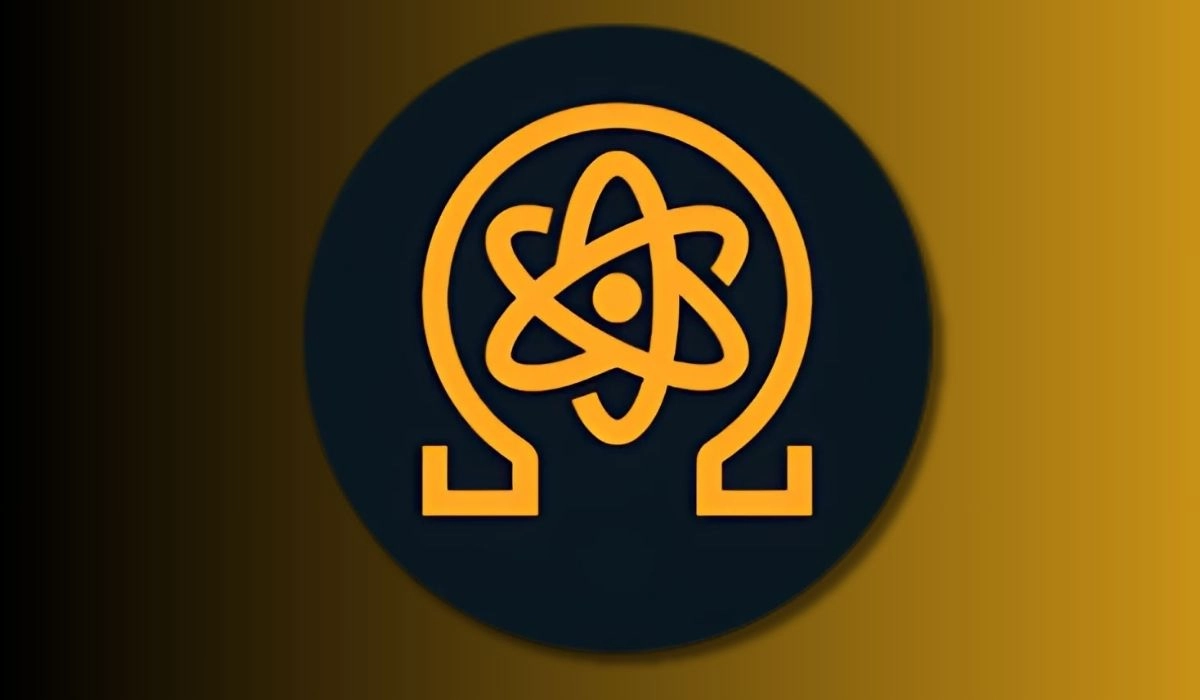Security is an unavoidable factor in the cryptocurrency arena. Digital assets have a higher chance of exposure to cyber-attacks and threats. We live in a digital era where cyber-attacks and online threats are common. We have advanced security measures like cryptography to prevent these cyber-attacks and data breaches, but will that be enough for the future? Of course, it will not. The security measures should also be improved, and new dimensions should be found.
Classic computers will be replaced and quantum computers will most likely rule the future. Then the existing security measures will be vulnerable and incapable of protecting our assets and data. This is where quantum-resistant tokens come in. This article will be all about quantum-resistant tokens and how they enhance future crypto security.
What is a Quantum-resistant Token?

Quantum-resistant tokens are unique tokens that leverage advanced cryptographic methods to protect against the enhanced capabilities of quantum computers. These new-generation tokens are exclusively created to acknowledge and address the issues and vulnerabilities that quantum computing brings. They use advanced cryptographic techniques like lattice-based, hash-based, code-based, and multivariate polynomial cryptography to combat the enhanced capacities of quantum computer security threats.
The existing cryptocurrencies like Bitcoin and Ethereum leverage elliptic curve cryptography (ECC) to ensure security against classical computers. ECC is vulnerable to quantum computers and its algorithms like Shor’s algorithm. ECC is based on complex mathematical problems and classical computers will have a hard time finding the solutions, but quantum computers and Shor’s algorithm can easily solve these problems. This will lead to a potential data breach and security system failure.
Quantum-resistant tokens use post-quantum cryptographic algorithms to counter the vulnerabilities. Cryptography techniques like lattice-based and hash-based will not be easily broken even with quantum computers and Shor’s algorithm.
How Does Quantum-Resistant Coin Work?
Quantum-resistant coins are designed to defend against the advanced capabilities of quantum computers. These tokens use cryptographic techniques powerful enough to secure data under quantum attacks. Post-quantum cryptographic techniques like hash-based, lattice-based, code-based, and multivariate polynomial are major components leveraged by quantum-resistant coins.
- Lattice-based cryptography (LBC): It is an advanced encryption technique that leverages mathematical lattices to secure systems. Lattices are infinite grids of graph paper. LBC provides enhanced security against quantum attacks because solving lattice problems is computationally difficult.
- Hash-based cryptography: It uses cryptographic hash functions to create digital signatures and other cryptographic provisions. A hash is a string of letters and numbers generated from data that cannot be revived back to its previous form.
- Code-based cryptography: It is a method of encryption where the sender encodes a message and adds some intentional noise to the codeword. Then the receiver uses the decoder to decrypt the message. The McEliece cryptosystem has been using this cryptographic technique for forty years now. It is one of the most trustable post-quantum cryptographic methods.
- Multivariate polynomial cryptography: It is a type of cryptographic method that uses multivariate polynomials. A multivariate polynomial is the sum of products of the coefficient with a multivariate mononomial. It is considered the frontrunner for post-quantum cryptography.
These are the underlying techniques of quantum-resistant tokens. It uses these kinds of advanced techniques and algorithms to ensure safety against the potential attacks and issues created by quantum computers.
Will Quantum-Resistant Tokens be the Future of Crypto?
Quantum computing will redefine the existing applications and technologies of blockchain networks. Quantum computing will incite faster transactions, mining of new blocks, etc. The arrival of quantum computing will also create advanced security issues, the existing classic computing algorithms might not have the ability to cope with the capacities of quantum computers. That is why quantum-resistant tokens are considered the future of crypto. Quantum-resistant tokens might be the safest investment in the future since they are enough capable to resist any kind of quantum attack.
Crypto users need to travel along with the advancements in the arena. Possessing quantum-resistant tokens beforehand will be better once quantum computers become common in the blockchain ecosystem. These advanced tokens can provide you with better security and safety.
Major Quantum-resistant Tokens
- Quantum Resistant Ledger (QRL)
- IOTA
- Komodo (KMD)
- Nexus (NXS)
These coins are designed to combat quantum attacks, some of them have inherently designed security systems, and some of them are actively working to add post-quantum cryptographic technologies and algorithms into their systems. Users who are exploring the possibilities of acquiring quantum-resistant tokens can choose any of the coins mentioned above.
The Bottom Line
Digital assets are more vulnerable to cyber-attacks and privacy breaches, ensuring advanced security and adopting the latest safety measures is all we can do. Quantum-resistant tokens are one of the latest security methods that users can employ. These tokens will be able to resist the enhanced capabilities of the most powerful quantum computers. Quantum computers will be a common presence in the future of the cryptocurrency arena. When people emphasize quantum computers, the cyber threats, and attacks using it will get new dimensions. So we might need equipped defense shields like quantum resistant tokens to fight against it.

